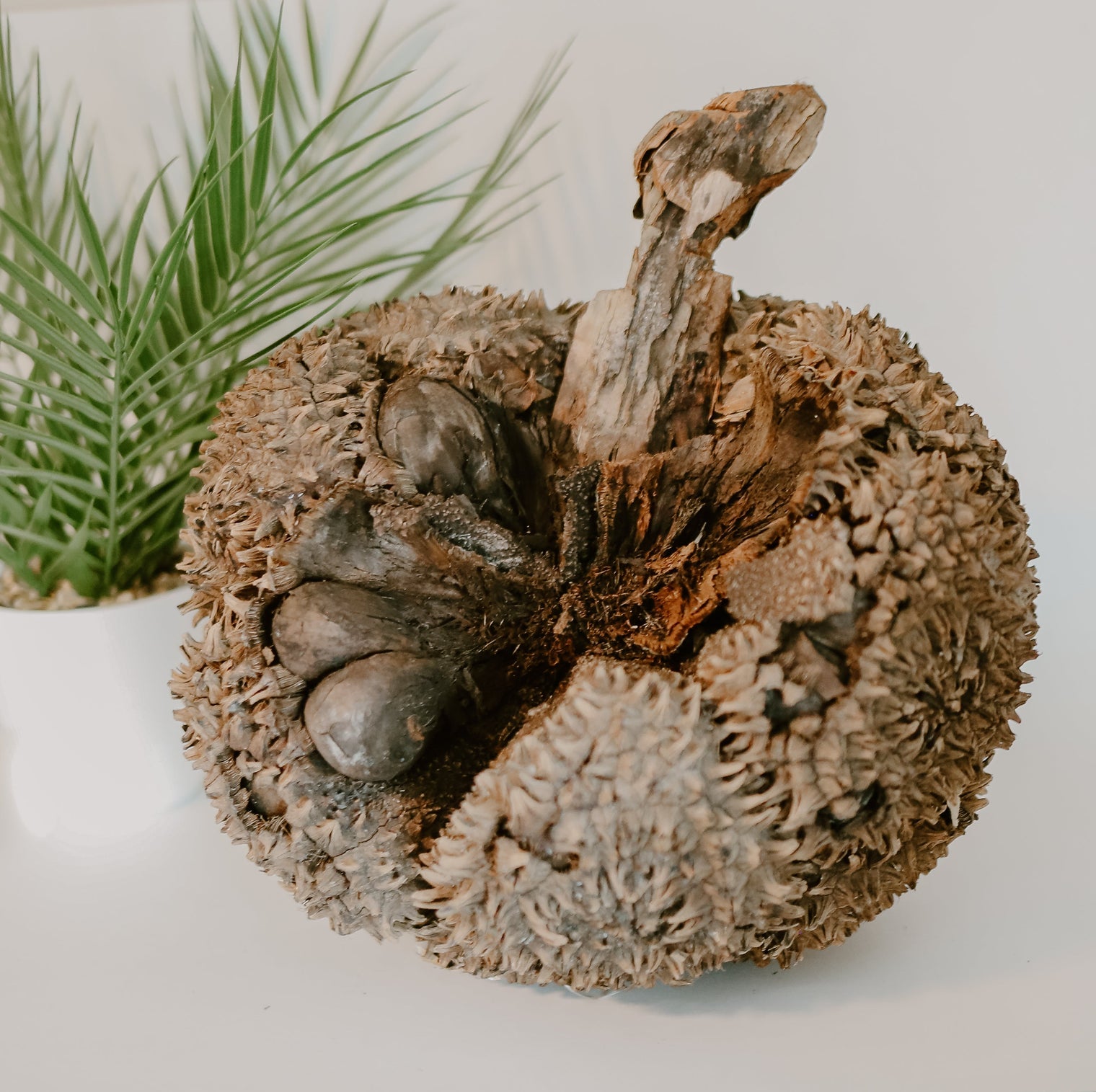Tagua, also known as vegetable ivory, is a natural seed from Ecuador that’s transformed into stunning eco-friendly jewelry. In this post, discover what Tagua is, where it grows, the process from tree to treasure, and why it’s the perfect choice for sustainable fashion lovers.
Tagua: Nature’s Hidden Gem from Ecuador
If you’ve ever held one of my jewelry pieces, you’ve probably noticed the smooth texture, vibrant colors, and natural beauty. But here’s the magical secret — it’s all made from Tagua, a seed so special it’s nicknamed "vegetable ivory."
What is Tagua?
Tagua comes from the nut of the ivory palm (Phytelephas aequatorialis), a tree native to the tropical rainforests of Ecuador, Colombia, and parts of Peru. The nut is hard and ivory-white inside, making it an eco-friendly alternative to animal ivory — no elephants harmed, just happy palm trees doing their thing.
Where Does It Grow?
In Ecuador, Tagua palms grow in lush, humid forests along the Pacific coast and Amazon edges. These palms can live for decades, producing nuts year after year. Harvesting Tagua doesn’t require cutting down trees — the nuts naturally fall to the forest floor when ripe.
The Tagua Process: From Tree to Treasure
-
Harvesting – Locals collect the fallen nuts, which are still covered in a thick, spiky husk.
-
Drying – The nuts are left to dry for several months until they harden completely.
-
Slicing & Shaping – Once dry, they’re cut into slices or carved into shapes for beads, pendants, or rings.
-
Polishing – Each piece is sanded and polished to bring out its natural shine.
-
Coloring – The Tagua is dyed using vibrant, eco-friendly colors that soak deep into the grain, creating rich, lasting hues.
-
Handcrafting – Finally, artisans (like me!) turn these little gems into one-of-a-kind jewelry.
Why Tagua Matters
Tagua is more than beautiful — it’s sustainable. Using it supports rainforest conservation, provides income to Ecuadorian communities, and helps reduce the demand for animal ivory. Every Tagua piece is naturally unique — the grain patterns and shapes ensure no two are ever the same.
So, the next time you wear a Tagua necklace or bracelet, know you’re wearing a piece of nature’s history — crafted with love, rooted in tradition, and designed to last.

